Walter Crane - Gifted Gallery
- Lilium

- Oct 20, 2021
- 3 min read

Walter Crane, born 15 August 1845, was a British artist and book illustrator. He is considered to be the most influential, and among the most prolific, children's book creators of his generation.
Crane's work featured some of the more colourful and detailed beginnings of the child-in-the-garden motifs that would characterize many nursery rhymes and children's stories for decades to come. He was part of the Arts and Crafts movement and produced an array of paintings, illustrations, children's books, ceramic tiles, wallpapers and other decorative arts.

He was a fluent follower of the newer art movements and he came to study and appreciate the detailed senses of the Pre-Raphaelite Brotherhood, and was also a diligent student of the renowned artist and critic John Ruskin. A set of coloured page designs to illustrate Tennyson's "Lady of Shalott" gained the approval of wood-engraver William James Linton to whom Walter Crane was apprenticed for three years in 1859–62.
As a wood-engraver he had abundant opportunity for the minute study of the contemporary artists whose work passed through his hands, of Pre-Raphaelites Dante Gabriel Rossetti and John Everett Millais, as well as Sir John Tenniel and Frederick Sandys. He was a student who admired the masters of the Italian Renaissance, however he was more influenced by the Elgin marbles in the British Museum. A further and important element in the development of his talent was the study of Japanese colour-prints, the methods of which he imitated in a series of toy books, which started a new fashion.
In 1862 his picture The Lady of Shalott was exhibited at the Royal Academy, but the Academy steadily refused his maturer work and after the opening of the Grosvenor Gallery in 1877, he ceased to send pictures to Burlington House. In 1863 the printer Edmund Evans employed Crane to illustrate yellowbacks, and in 1865 they began to collaborate on toy books of nursery rhymes and fairy tales. From 1865 to 1876 Crane and Evans produced two to three toy books each year.
His own easel pictures, chiefly allegorical in subject, among them The Bridge of Life (1884) and The Mower (1891), were exhibited regularly at the Grosvenor Gallery and later at the New Gallery. Neptune's Horses was exhibited at the New Gallery in 1893, and later the Rainbow and the Wave.
His varied work includes examples of plaster relief, tiles, stained glass, pottery, wallpaper and textile designs, in all of which he applied the principle that in purely decorative design "the artist works freest and best without direct reference to nature, and should have learned the forms he makes use of by heart". An exhibition of his work of different kinds was held at the Fine Art Society's galleries in Bond Street in 1891, and taken to the United States in the same year by the artist himself. It was afterwards exhibited in Germany, Austria and Scandinavia.

One of Crane's last major works was his lunettes at the Royal West of England Academy, which were painted in 1913. Walter Crane died on 14 March 1915 in West Sussex. He was survived by three children, Beatrice, Lionel and Lancelot. He is remembered as one of the most prolific and influential children's book creators of his generation and, along with artists Randolph Caldecott and Kate Greenaway, is considered one of the strongest contributors to the child's nursery motif that the genre of English children's illustrated literature would exhibit in its developmental stages in the later 19th century.
Reading Recommendations & Content Considerations
Storybook Collection Walter Crane






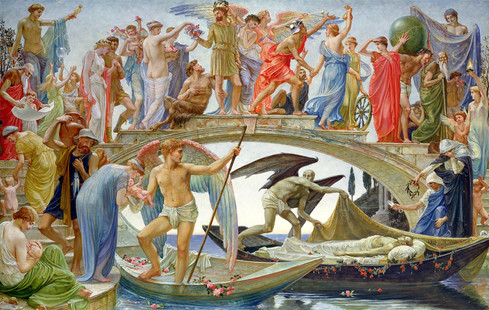

































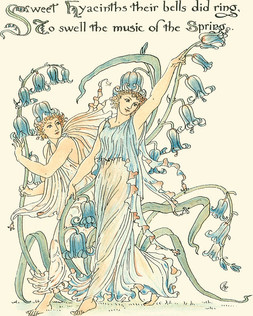




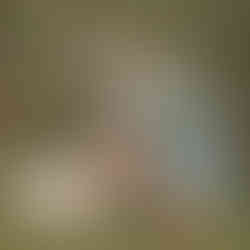


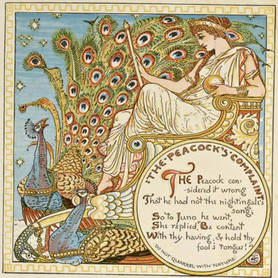







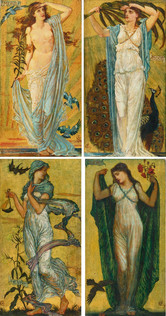

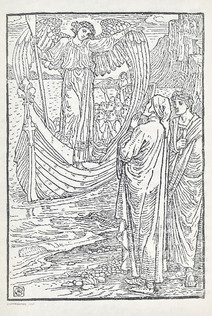





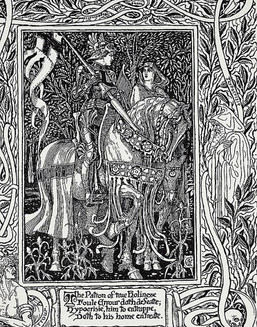















































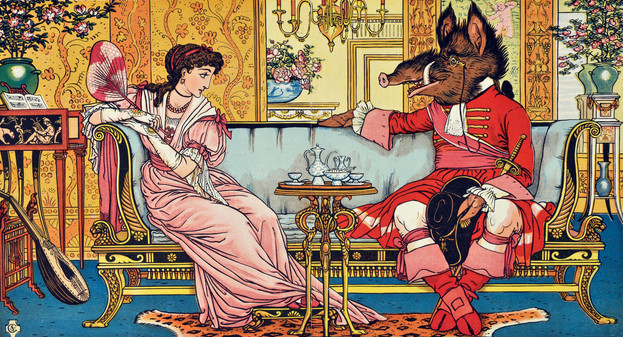





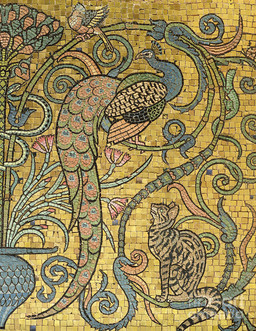



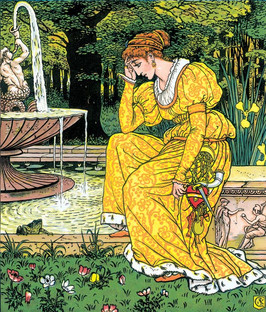





















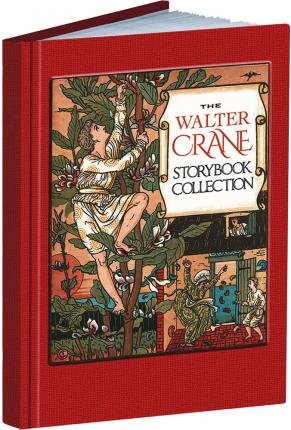

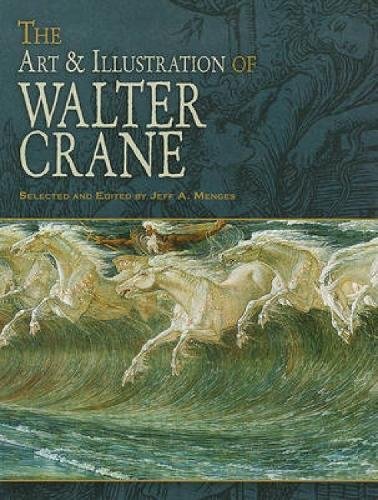



Comments